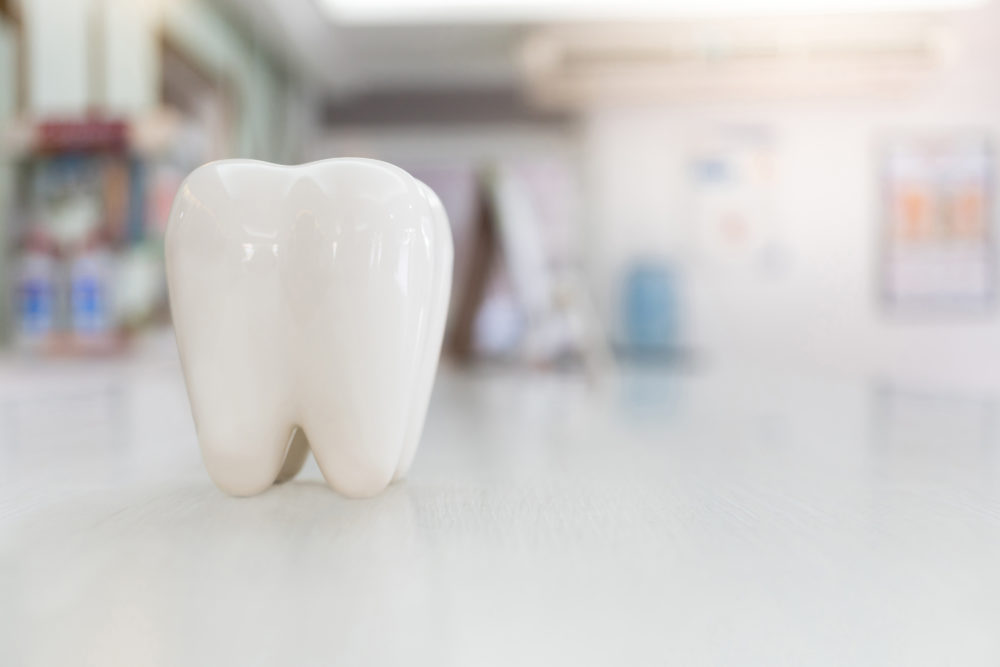
March 1, 2018
Guide to Tooth Replacement
Whether it’s playing hockey in the winter, biking along the river in the summer, or any number of other activities, our active lifestyles can sometime lead to accidents, and accidents can sometimes lead to missing teeth. It is important to replace lost teeth, and fortunately, there are many ways we can restore your smile to as good as new.
Why you should replace a missing tooth
When you lose a tooth as a result of an accident or by extraction, the change to your mouth does not end there. When a tooth is missing, adjacent teeth will tilt or drift from their normal position, and the teeth directly above the gap will move downward. Aside from the obvious cosmetic problem this causes, the changed positions of the remaining teeth can lead to severe bite problems and cause jaw pain and headaches.
A natural tooth also plays an important role under the gumline where you can’t see it. When you lose a tooth, the bone in your jaw begins to shrink and weaken in the empty space left by the missing tooth root.
Options for replacing missing teeth
There are several options for replacing a missing tooth, and the advanced technology we use to design and create cosmetic restorations in our on-site lab look and feel just like your own natural teeth.
1. Dental implants
A dental implant is a small titanium screw that serves as a replacement for the root portion of a missing natural tooth. Like a natural root does for a tooth, a dental implant provides the foundation for a dental crown. An implant-supported restoration is fixed and permanent, and it looks, feels, and functions much like a natural tooth. Due to the biocompatible properties of titanium, a dental implant fuses with the bone in your upper or lower jaw, meaning that the implant also prevents the bone in your jaw from shrinking and weakening where the tooth root is absent.
Dental implants can also be used an alternative for traditional dentures, removing the need for messy and unreliable denture adhesives, reducing or even eliminating painful denture gum sores, and removing the worry over loose dentures slipping or clicking. By using dental implants to secure permanent dentures or removable overdentures, you can regain the confidence of having fixed, solid teeth again.
2. Dental bridges
Dental bridges use the teeth on either side of the space left by a missing tooth to hold a permanent artificial tooth in place. Dental crowns are placed on the teeth on either side of the space, and the bridge spans the gap and holds the artificial tooth in place between the two crowns. The result is a fixed, permanent restoration that looks and feels like natural teeth.
Caring for replacement teeth
Once your restoration is in place, it should be cleaned as a natural tooth would be. Improperly cleaning around a restoration can leave behind harmful plaque bacteria responsible for recurrent cavities and gum disease, so it is essential to brush well and floss below the gum line.
Extra care must be taken to ensure cleanliness of a dental bridge, specifically at the place where the bridge and natural tooth meet. It is necessary to clean under bridgework and special floss threaders or superfloss exists to aid this cleaning. Mouthwash, an electric toothbrush, or a proxabrush can all help ensure that your bridgework is properly cleaned. We recommend talking to your dentist or hygienist about the products available and their proper use, in order to make sure you keep your bridgework clean and healthy!